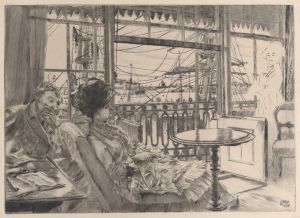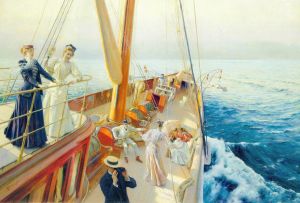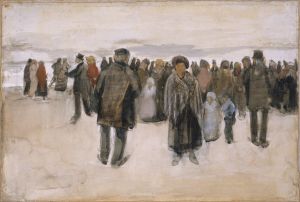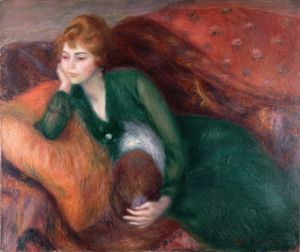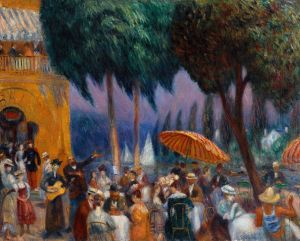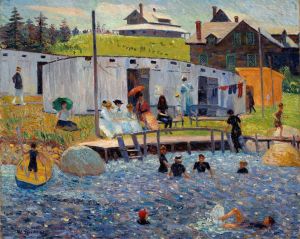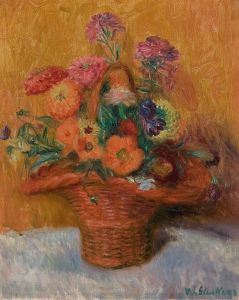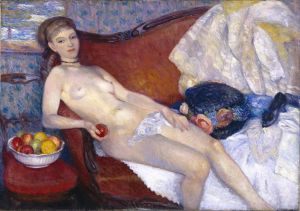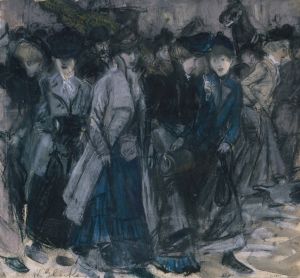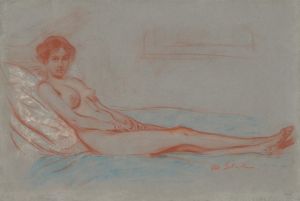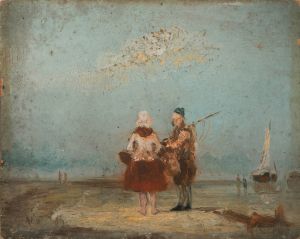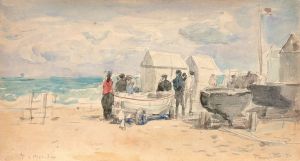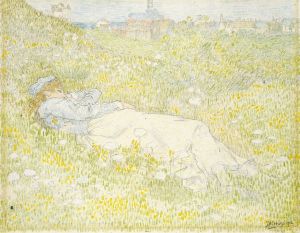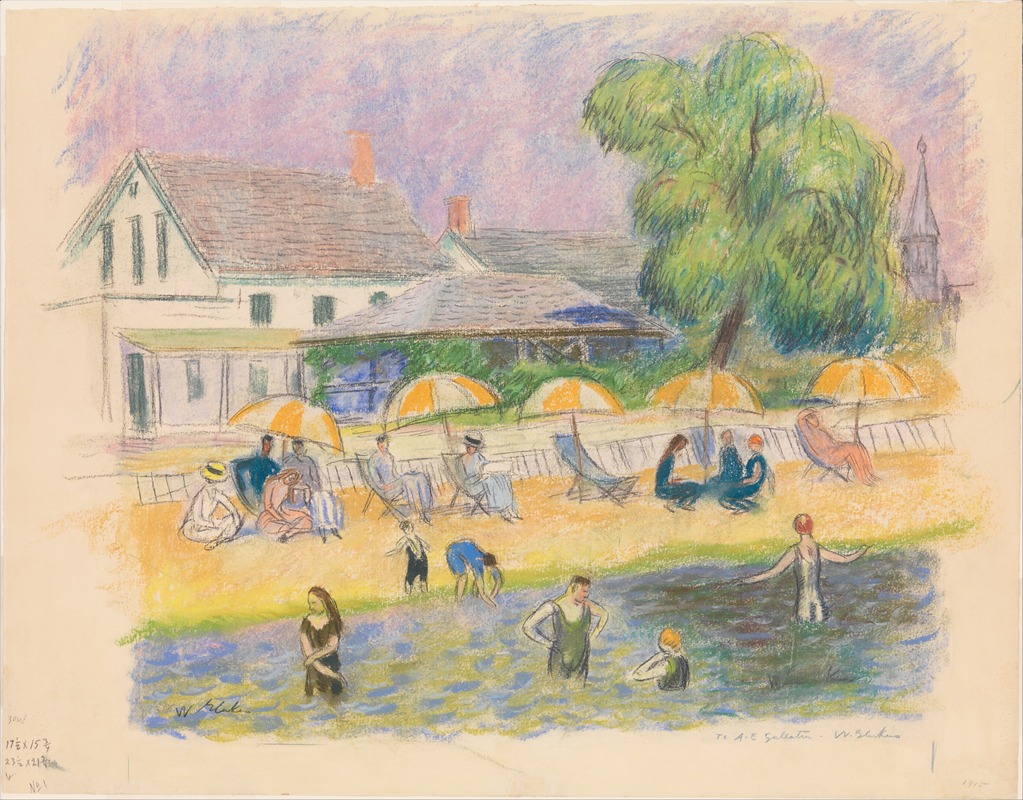
Beach Scene
A hand-painted replica of William James Glackens’s masterpiece Beach Scene, meticulously crafted by professional artists to capture the true essence of the original. Each piece is created with museum-quality canvas and rare mineral pigments, carefully painted by experienced artists with delicate brushstrokes and rich, layered colors to perfectly recreate the texture of the original artwork. Unlike machine-printed reproductions, this hand-painted version brings the painting to life, infused with the artist’s emotions and skill in every stroke. Whether for personal collection or home decoration, it instantly elevates the artistic atmosphere of any space.
William James Glackens was an American realist painter and one of the founding members of the Ashcan School, a movement known for depicting scenes of everyday life in New York City during the early 20th century. Among his notable works is "Beach Scene," a painting that exemplifies Glackens' vibrant use of color and his interest in capturing leisure activities.
"Beach Scene" is a testament to Glackens' ability to blend Impressionist techniques with a more realistic approach. While the exact date of the painting is not specified, it is believed to have been created during the early 20th century, a period when Glackens was actively exploring themes of leisure and modern life. This painting reflects his fascination with the social dynamics and the burgeoning culture of leisure that characterized the era.
The composition of "Beach Scene" is lively and dynamic, capturing a moment of relaxation and enjoyment by the seaside. Glackens' use of color is particularly noteworthy; he employs a bright and varied palette that brings the scene to life. The figures in the painting are depicted in a casual, unposed manner, which adds to the sense of spontaneity and realism. This approach is characteristic of Glackens' work, as he often sought to portray his subjects in natural, everyday settings.
Glackens' technique in "Beach Scene" shows the influence of French Impressionism, particularly the work of Pierre-Auguste Renoir, whom Glackens admired. The loose brushwork and the emphasis on light and color are reminiscent of Impressionist methods, yet Glackens maintains a distinct style that is more structured and detailed than that of his French counterparts. This blend of Impressionism and realism is a hallmark of Glackens' artistic identity.
The subject matter of "Beach Scene" aligns with Glackens' broader body of work, which frequently focused on scenes of urban life and leisure. His paintings often depicted parks, beaches, and other public spaces where people gathered for recreation. This focus on leisure activities was reflective of the changing social landscape in America at the time, as the middle class began to enjoy more leisure time and public spaces became more accessible.
"Beach Scene" is also significant in the context of the Ashcan School, of which Glackens was a prominent member. The Ashcan School artists were known for their commitment to portraying the realities of modern life, often focusing on the grittier aspects of urban existence. However, Glackens' work, including "Beach Scene," tended to highlight the more pleasant and leisurely aspects of city life, setting him apart from some of his contemporaries.
In summary, "Beach Scene" by William James Glackens is a vibrant and engaging work that captures a moment of leisure with a blend of Impressionist and realist techniques. It reflects Glackens' interest in the social and cultural shifts of his time, as well as his unique position within the Ashcan School. The painting remains an important example of early 20th-century American art, showcasing Glackens' skill in depicting the everyday experiences of modern life.





